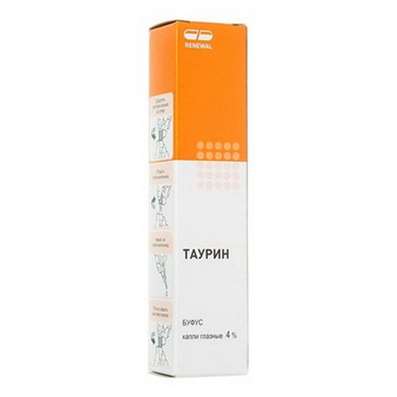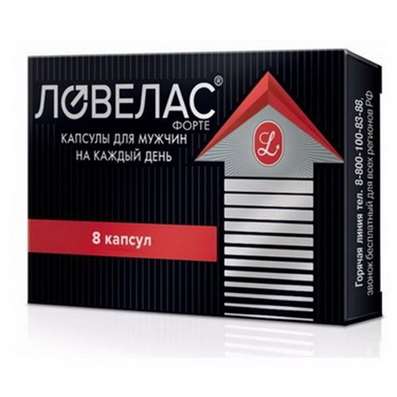Instruction for use: Buspirone
I want this, give me price
The Latin name of the substance Buspirone
Buspironum (genus. Buspironi)
Chemical name
8- [4- [4- (2-pyrimidinyl) -1-piperazinyl] butyl] -8-azaspiro [4.5] decane-7,9-dione (and as hydrochloride)
Gross Formula
C21H31N5O2
Pharmacological groups
Dopaminomimetics
Anxiolytics
The nosological classification (ICD-10)
F10.3 Abstinence: Alcohol withdrawal syndrome; Abstinence syndrome; Abstinence syndrome with alcoholism; Abstinence; Alcohol abstinence; Alcohol abstinence; Alcohol withdrawal status; Alcohol withdrawal syndrome; Postabstinctive disorder; Post-abstinence condition; Hangover syndrome; Abstinence syndrome; Alcohol abstinence syndrome; Alcohol withdrawal syndrome; Abstinence condition
F40.0 Agoraphobia: Fear of open space; Fear of being in a crowd
F41.0 Panic disorder [episodic paroxysmal anxiety]: Panic state; Panic attack; Panic; Panic disorder
F41.1 Generalized anxiety disorder: Generalized anxiety disorders; Generalized alarm; Phobic neurosis; Anxiety reaction; Anxious neurosis
F42 Obsessive-compulsive disorder: Obsessive-compulsive syndrome; Obsessive compulsive states; Obsessive-compulsive syndrome; The obsession syndrome; The obsession neurosis; Obsessive-compulsive neurosis; Obsessions
F45 Somatoform disorders: Psychosomatic disorder; Psychosomatic disorders; Psychosomatic diseases; The state of excitement in somatic diseases; Functional psychosomatic disorders of the cardiovascular system
CAS Code
36505-84-7
Characteristics of substance Buspirone
Anxiolytic non-benzodiazepine structure. Buspirone hydrochloride is a white crystalline powder. Very soluble in water. Molecular weight 422.0.
Pharmacology
The pharmacological action is anxiolytic.
Has a high affinity for pre-agonist and postsynaptic (partial agonist) serotonin receptors of the 5-HT1A subtype. Reduces the synthesis and release of serotonin, the activity of serotonergic neurons, incl. In the dorsal nucleus of the suture. Selectively blocks (antagonist) pre- and postsynaptic D2-dopamine receptors (has moderate affinity) and increases the rate of excitation of dopamine neurons of the midbrain. Some data indicate the presence of influence on other neurotransmitter systems. Has no affinity for benzodiazepine receptors, does not affect the binding of GABA.
The effect develops gradually, manifests itself after 7-14 days and reaches a maximum after 4 weeks. Does not have a negative effect on psychomotor functions, does not cause tolerance, drug dependence and withdrawal symptoms. Does not potentiate the effect of alcohol. Studies have shown the efficacy of buspirone in autism, obsessive-compulsive disorders, premenstrual syndrome, sexual dysfunction, and the easing of symptoms upon cessation of smoking.
With long-term administration of rats (for 2 years) at doses 133 times greater than MPD, or mice (for 1.5 years) at doses 167 times greater than MPDH, there was no carcinogenic effect. Does not have mutagenic properties. In rats and rabbits, when doses 30 times higher than the MPD were used, no effects on fertility and adverse effects on the fetus were observed. Buspirone and its metabolites penetrate the breast milk of rats.
After oral administration, it is quickly and completely absorbed from the digestive tract and subjected to extensive presystemic metabolism. At the "first pass" through the liver it is hydroxylated and dealkylated (bioavailability - 4%). N-dealkylated metabolite - 1-pyrimidinylpiperazine is pharmacologically active (anxiolytic activity is 1/4 of that of buspirone). After taking a dose of 20 mg Cmax is achieved after 40-90 minutes and is 1-6 ng / ml. Binding to plasma proteins - 95%. Simultaneous food intake reduces the rate of absorption, but increases the amount of unchanged drug that has reached the systemic blood flow (AUC and Cmax buspirone increases by 84 and 116%, respectively) due to inhibition of the systemic clearance). It is excreted by the kidneys (29-63%) in the form of metabolites and unchanged (1%), and gastrointestinal tract (18-38%). T1 / 2 buspirone - 2-3 h, T1 / 2 active metabolite - 4.8 h.
Application of substance Buspirone
Generalized anxiety disorder, panic disorder, autonomic dystonia syndrome, alcohol abstinence syndrome (adjuvant therapy), depression (auxiliary therapy).
Contraindications
Hypersensitivity, severe impairment of kidney and liver function, glaucoma, myasthenia gravis, pregnancy, breast-feeding.
Restrictions on the use
Age under 18 years (safety and efficacy not determined).
Application in pregnancy and lactation
When pregnancy is used only if necessary.
The action category for fetus by FDA is B.
At the time of treatment should stop breastfeeding.
Side effects of substance Buspirone
From the nervous system and sensory organs: dizziness (12%), drowsiness (10%), headache (6%), nervousness (5%), fatigue (4%), sleep disturbance (3%), decreased ability to concentrate Attention (2%); Extrapyramidal disorders (very rare); ≤2% - blurred vision, confusion or depression, weakness, numbness; ≤1% - neurological symptoms (muscle weakness, tingling, pain or weakness in the hands or feet, uncontrolled movements of the trunk).
From the cardiovascular system and blood (hematopoiesis, hemostasis): ≤1% - tachycardia / palpitations.
On the part of the intestine: nausea (8%), dry mouth (3%), diarrhea (2%); ≤1% - vomiting, constipation; A decrease in appetite.
Other: ≤1% - myalgia, spasms, muscle cramps or stiffness, rash, sweating.
Interaction
When combined with MAO inhibitors, the development of a hypertensive crisis is possible.
Overdose
Symptoms: nausea, vomiting, etc. gastrointestinal disorders, dizziness, miosis, drowsiness.
Treatment: gastric lavage, the appointment of activated charcoal, symptomatic therapy. Dialysis is ineffective.
Routes of administration
Inside.
Precautions for the substance Buspirone
Use with caution simultaneously with neuroleptics, antidepressants, cardiac glycosides, antihypertensive and antidiabetic agents, oral contraceptives. With renal and hepatic insufficiency of mild and moderate severity, cirrhosis of the liver is prescribed in smaller doses and under the strict supervision of a doctor. During the treatment should be excluded from drinking alcohol. At the beginning of treatment with caution to apply during work drivers of vehicles and people whose profession is associated with increased concentration of attention.
Special instructions
It should be borne in mind that anxiety or stress associated with everyday stress usually do not require treatment with anxiolytics.

 Cart
Cart





